Naranappa, a man born in the community of Madhwa (A community of Brahmins from Karnataka) is dead in the Agrahara of the village Durvasapura. As per the Madhwa customs, the last rites of the dead man has to be performed at the earliest. But, Naranappa was a rebel who fought against Brahminism, who ate meat, consumed liquor and also, married a Dasi (a prostitute). Since, he doesn’t have any family, there is some confusion as to who will do the last rites and fire the funeral pyre. Praneshacharya, the head of the Agrahara, a devout and learned Brahmin, is tasked with providing the solution.
|
Language:
|
Kannada
|
|
Running Time:
|
113 min
|
|
Rating:
|
A
|
|
Release date:
|
13 May 1970
|
|
Directed by:
|
Pattabhirama Reddy
Singeetham Srinivasa Rao
|
|
Produced by:
|
Pattabhirama Reddy
|
|
Written by:
|
U. R. Ananthamurthy
Girish Karnad
|
|
Starring:
|
Girish Karnad
Snehalatha Reddy
P. Lankesh
B. R. Jayaram
Dasharathi Dikshith
Pradhan
Lakshmi Krishnamurthy
|
|
Music by:
|
Rajeev Taranath
|
|
Shot by:
|
Tom Cowan
|
|
Editing by:
|
Steven Cartaw
Vasu
|
|
Distributed by:
|
Rama Manohara Chithra
|
What’s Hot
- It is said that U.R.Ananthamurthy was inspired by Ingmar Bergman’s The Seventh Seal to write the book, Samskara: A Rite for a Dead Man. The film is adapted to screen by Girish Karnad & Pattabhirama Reddy. The soul of the book in questioning the rites & customs is brought out wonderfully on screen with plenty of subplots & subtexts.
- The prime characters Praneshacharya & and as Naranappa were played brilliantly by Girish Karnad & P. Lankesh respectively. While Lankesh in spite of the minimal screen time scores when spewing venom in his ridicule of the customs followed in his Agrahara, Girish holds the audience in his skeptical gaze when lamenting alone to God & in possessing this aura when speaking with his folks from the Agrahara. Girish in particular has the space to move from Assured to Perturbed to Serene through the course of the film and is a delight to watch.
- There are plenty of supporting characters who stay in mind starting from the lady Chandri, played by Snehalatha Reddy, the wife of the director Pattabhirama Reddy, the folks within the Agrahara, the ever-talkative but good natured companion of Praneshacharya and the former Madhwa who rescues his folks when they become ill due to hunger.
- Rajeev Taranath’s Music and Australian cameraman, Tom Cowan’s innovative low-light shots make you sit up & take notice. So is the art direction by S G Vasudev, which brings to light the interiors of the homes in such Agraharas accurately. The dialogues too are laced with subtle humor & sarcasm, making us pause and think.
- The crisp screenplay perfectly balances the prime characters Narannapa and Praneshacharya, leaving the viewers to evaluate and make their own judgment of them. Narannapa, a confident meat eating Brahmin widely respected by Non-brahmins and Praneshacharya, a pious Brahmin man respected by all but diffident in his approach & principles.
What’s Not
- In the latter part of the film, the pacing slows down to a trickle as Praneshacharya‘s talkative acquaintance tries to engage him by leading him to one place after another. While these scenes do have some meaning they do affect the overall flow of the movie inducing restlessness in the audience.
Badges
Screened at
Verdict



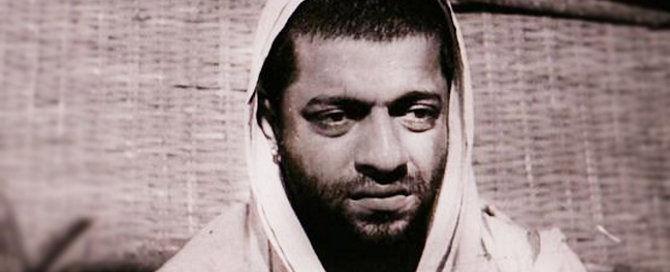
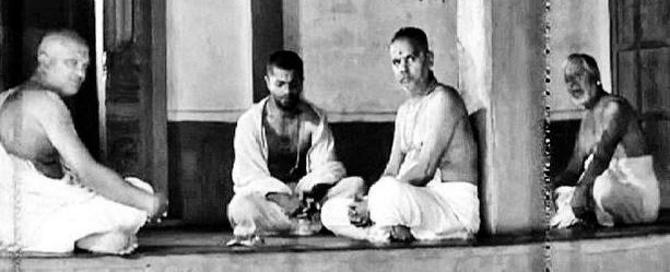




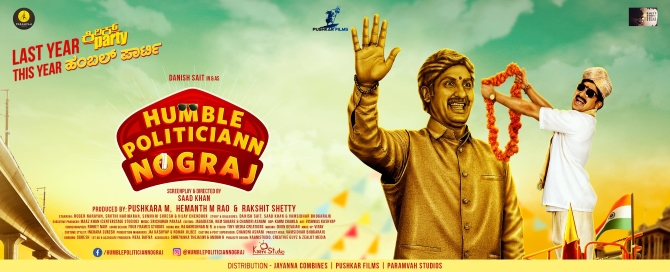
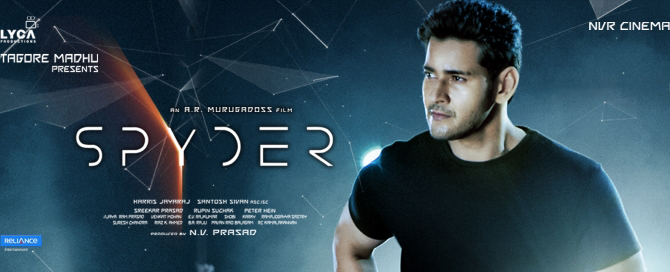
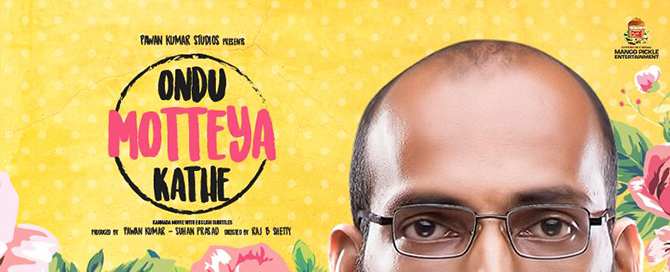
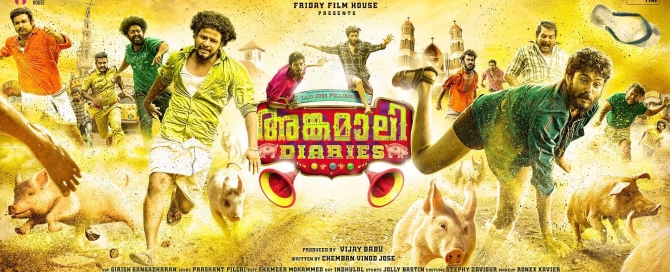

Leave A Comment